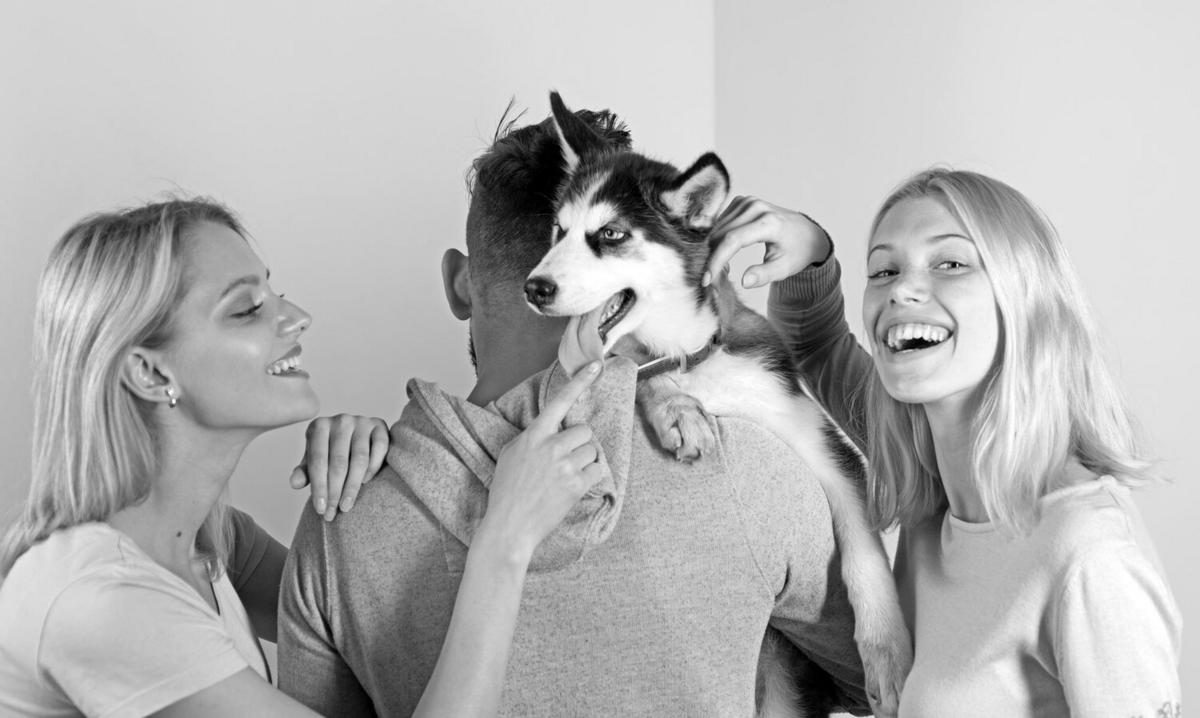Understanding your pet’s body language can unlock the door to a deeper connection with your furry friend.
Reading Your Pet’s Signals
Animals, much like humans, communicate through a variety of signals. Observing these signals can provide insight into their emotions and needs. For instance, a wagging tail might indicate joy in a dog, while in cats, it could suggest agitation. According to Dr. Julie Albright, a veterinary behaviorist, “Each species has its unique way of expressing feelings, and recognizing these can enhance our relationships with them.”
Common Pet Behaviors and Their Meanings
| Behavior | Dog | Cat |
|---|---|---|
| Wagging Tail | Happy or Excited | Annoyed or Agitated |
| Purring | N/A | Content or Anxious |
| Flattened Ears | Fearful | Scared or Angry |
| Exposed Belly | Trusting | Defensive |
| Growling | Threatened | Warning |
| Direct Stare | Challenging | Threatening |
| Paw Lift | Curious | Playful |
| Meowing | N/A | Varied (Hunger, Attention) |
Personal Experiences
Take, for example, Jamie, a dog owner who noticed her Labrador’s tail wagging differently when he was around new dogs. Initially, she assumed he was excited, but after learning more about canine body language, she realized it was a sign of apprehension. This newfound understanding helped her better manage his social interactions.
Research Insights
A study by the University of Lincoln highlights that dogs interpret human emotions through facial expressions. This means maintaining eye contact and expressing emotions can foster a stronger bond with your dog. Similarly, cats have been shown to respond positively to slow blinking, a behavior that mimics their own communication of trust and affection.
Tips for Decoding Your Pet’s Body Language
- Observe consistently: Regularly watch your pet’s behavior in different situations to understand their unique signals.
- Consider context: The environment and situation can greatly influence your pet’s behavior.
- Look for clusters: A single behavior might be ambiguous, but a series of actions can provide clearer insights.
- Learn the basics: Familiarize yourself with common behavioral cues specific to your pet’s species.
Conclusion
Decoding your pet’s body language is a rewarding journey that can deepen your bond and enhance the quality of your interactions. By taking the time to observe and understand their signals, you can create a more harmonious relationship. Remember, each pet is unique, and getting to know their individual language is key.
Frequently Asked Questions
How can I tell if my pet is stressed?
Look for signs like excessive grooming, changes in appetite, or withdrawal from social interactions. These can indicate stress or anxiety.
What does a cat’s slow blink mean?
Slow blinking is often a sign of trust and affection. You can reciprocate by slowly blinking back to communicate comfort and security.
Why does my dog expose its belly?
Exposing the belly can indicate trust and submission. However, it can also be a defensive posture in some situations.
Is a wagging tail always a sign of happiness in dogs?
Not necessarily. While it can indicate happiness, a wagging tail can also suggest anxiety or agitation, depending on the speed and position.




Leave a Reply